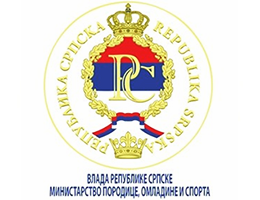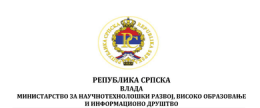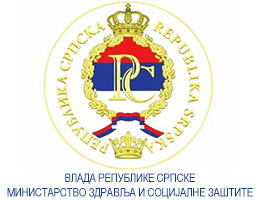The Intensity of the Physical Load and Energy Expenditure Analysis of Participants of Recreational Dancing
Volume 4, Issue 2 (2014)
Volume 4, Issue 2 (2014)
The Intensity of the Physical Load and Energy Expenditure Analysis of Participants of Recreational Dancing
Abstract:
Abstract: Engagement in sport recreation is becoming more and more valuable, as it has big impact on people’s quality of life; improving both, general health and physical condition. Dancing is not only seen as a professional sport, but it has been gaining significant popularity among people as type of recreation as well. With an aim to find out what intensity of the physical load and energy expenditure represent to its participants, a study based on a sample of 93 candidates of recreational dance classes, has been carried out. Data obtained with the help of the system Polar Team2 was used for direct comparison of differences in intensity of the physical load and energy expenditure between opposite genders.
Differences between the intensity of the physical load and energy expenditure were determined using ANOVA. In summary, results have shown that statistically significant differences were most apparent in energy expenditure between male and female dancers. Differences in the intensity of the physical load between genders did not show any statistical significance.
Differences between the intensity of the physical load and energy expenditure were determined using ANOVA. In summary, results have shown that statistically significant differences were most apparent in energy expenditure between male and female dancers. Differences in the intensity of the physical load between genders did not show any statistical significance.
Keywords:
dance, recreational dance, social dance, intensity of the physical load, energy expenditure
Full Text:
References:
- AARP (2005). Let's Dance to Health, Getting Motivated; http://www.aarp.org/health/fitness/info2005/dance_to_health.html
- Alpert, P. (2011). The Health Benefits of Dance. Home Health Care Management and Practice 23 (2), 155-157.
- Blackman, L., Hunter, G., Hilyer, J. & Harrison, P. (1988). The effects of dance team participation on female adolescent physical fitness and self-concept. Adolescence 23, 437–448.
- Bračič, M. & Bon, M. (2010). Merjenje srčnega utripa med rokometno tekmo‐ Uporaba sistema polar team sistem 2 med rokometno tekmo. Trener Rokomet, Letnik 17, številka 2
- Brodie, D. A. & Birtwistle, G. E. (1990). Children’s attitudes to physical activity, exercise, health, and fitness before and after a health‐related fitness measurement programme. International Journal of Physical Education, 27 (2), 10–14.
- Fiatarone-Singh, M.A. (2002). Exercise comes of age: Rationale and recommendations for a geriatric exercise prescription. The Journals of Gerontology. Series A, Biological Sciences and Medical Sciences, 57(5), M262–M282.
- Harridge, S., Magnusson, G.& Saltin, B. (1997). Life‐long endurance‐trained elderly men have high aerobic power, but have similar muscle strength to non‐active elderly men. Aging, 9(1/2), 80–87.
- Hopkins, D.R., Murrah, B., Hoeger, W.W. & Rhodes, R.C. (1990). Effect of low impact aerobic dance on the functional fitness of elderly women. Gerontologist, 30, 189‐192.
- Hsiao-Wecksler, E.T. & Robinovitch, S.N. (2007). The effect of step length on young and elderly women’s ability to recover balance. Clinical Biomechanics (Bristol, Avon), 22(5), 574–580.
- Ignico, A. A., & Mahon, D.A. (1995). The effects of physical fitness program on low-fit children. Research Quarterly for Exercise and Sport, 66, 85–90.
- Karpljuk i dr. (2003). Načrtovanje športnega treninga, nekaterapraktična izhodišča. Seminarsko gradivo. Ljubljana: Fakulteta za šport
- Keogh, J., Kilding, A., Pidgeon, P., Ashley, L. & Gillis, D. (2009). Physical benefits of dancing for healthy older adults: A review. Journal of Aging and Physical Activity, 17, 479–500.
- Kremenitzer, P. J. (1990). Aerobic fitness dancing in the elementary schools. Journal of Physical Education, Recreation and Dance, 61, 89–90.
- Mayo Clinic research centre (1994). Social dancing. http://www.nbea.com/archives6.htm
- Mayo Clinic research centre (2011). Metabolism and weight loss: How you burn calories. http://www.mayoclinic.com/health/metabolism/WT00006
- Vaszily, B. (2005). The Health Benefits of Dancing- Including Specific Benefits of Different Dances, http://ezinearticles.com/?The-Health‐Benefits‐of-Dancing-Including-Specific‐Benefits‐of‐Different‐Dances&id=92587






